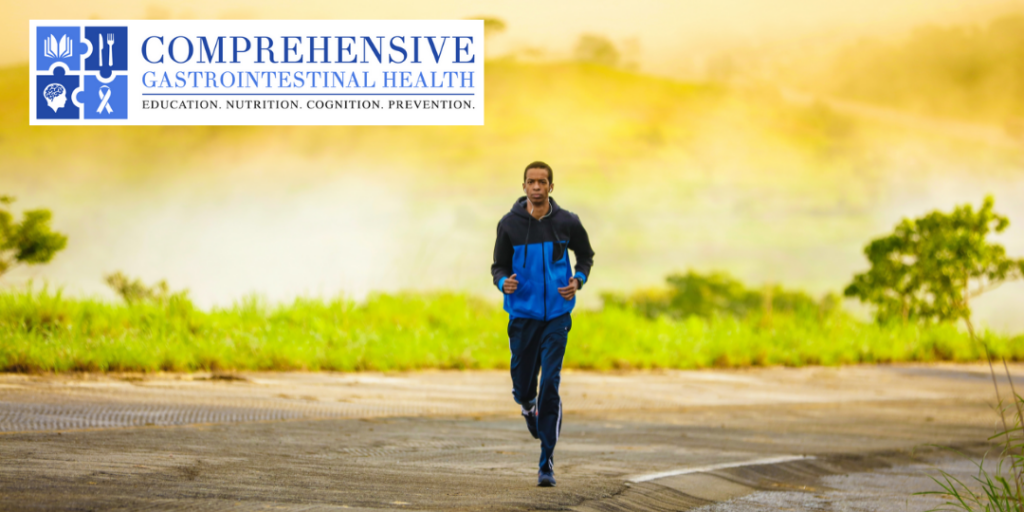Regular Exercise Lowers Anxiety by 60%

Regular Exercise Lowers Anxiety by 60%
by Danielle Genenz, RD
GREAT MINDS THINK ALIKE! Our counselor Jed wrote about the same study so clearly this is an important topic for the individuals we care for. Check out Danielle’s different take on the same subject:
Anxiety levels have been on the rise especially during the COVID-19 epidemic. About 80% of Americans reported workplace anxiety according to a recent Gallup poll. Overall, the prevalence of anxiety disorder in the U.S among those ages 18 or older is about 19% and about 31% may experience anxiety disorder at some time during their lives.
Anxiety can interfere with activities such as schoolwork, job performance and relationships. In addition to medical care and counseling support, lifestyle changes can make a large impact on improving your mental health. In fact, according to a recent year study of about 400,000 individuals spanning 21 years, those who were exercised regularly were 60% less likely to suffer from anxiety.
Always consult your physician for activity recommendations to meet your specific needs. For the general population, the national guidelines for activity for adults include:
- Move more and sit less throughout the day. Some activity is better than none.
- For substantial health benefits, participate in aerobic activity at least:
- 150 to 300 minutes per week at moderate intensity (i.e. brisk walk, bicycling < 10 miles/hour, power yoga, water aerobics or yard work) or
- 75-150 minutes per week at vigorous intensity (running, swimming laps, jumping rope, cardio kickboxing).
- Participate in muscle-strengthening activities of moderate or greater intensity that involve all major muscle groups on 2 or more days a week.
Here are some easy ways to add more activity to your life:
- Take a walk during your work break. Even 10 minutes at a time can make a difference!
- Make your own dance party to your favorite songs. About 8 songs will keep you active for 30 minutes.
- Join a recreational sports team or join a community racing event.
- Play frisbee, hula hoop, water balloon battle or get on a trampoline with a friend or your kids.
- Take the stairs instead of elevators or escalators.
- Plan workplace walking meetings.
- Take a dance class (swing, salsa, or ballet).
- Make a vacation based around activity i.e. hiking, rock climbing or bicycle riding.
- Plan regular dog walks with friends.
- Make date night active i.e. bowling, laser tag, paintball or minigolf.
- Do some deep cleaning or yard work around the house.
If you would like to learn more information about the benefits of exercise, formulating the right activities for your needs and emotional wellbeing strategies, contact our office today at 224-407-4400 or through our website at www.compgihealth.com. Schedule an appointment with our staff member who specialize in these services and reach your goals for thriving health today!
Resources:
Prevalence of Any Anxiety Disorder Among Adults. Harvard Medical School, 2007. National Comorbidity Survey (NCS). (2017, August 21). NIMH » Any Anxiety Disorder (nih.gov)
Svensson M. et. al. Physical Activity is Associated with Lower Long-Term Incidence of Anxiety in a Population-Based Large-Scale Study. Front. Psychiatry, 10 Sept. 2021. Frontiers | Physical Activity Is Associated With Lower Long-Term Incidence of Anxiety in a Population-Based, Large-Scale Study | Psychiatry (frontiersin.org)
U.S. Department of Health and Human Services. Physical Activity Guidelines for Americans, 2nd Edition. Washington, DC, 2018. Physical Activity Guidelines for Americans, 2nd edition (health.gov)
